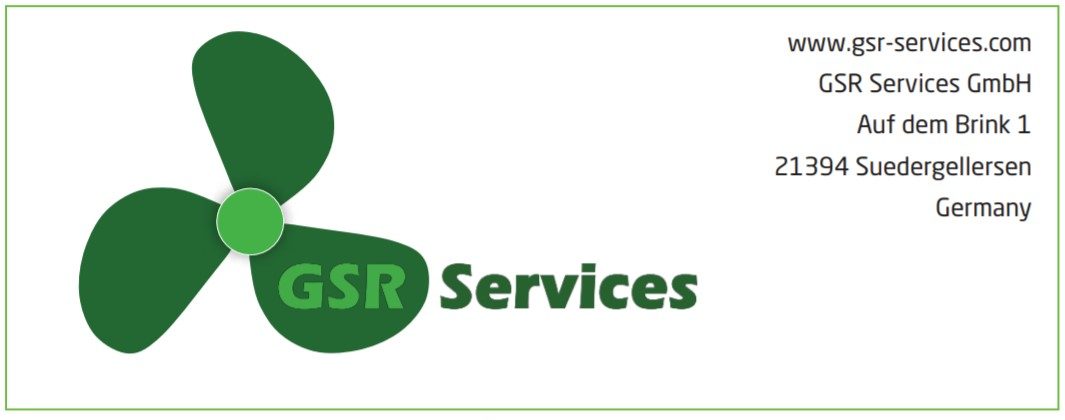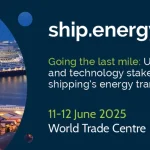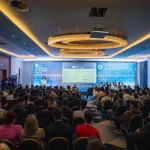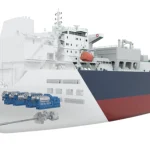DECARBONIZATION AND IHM

Climate threats and IHM-approaches – anything in common?
One technically challenging, the other bureaucratic, both becoming part of daily business. Majority of global fleet is affected and meeting the targets sounds good, but proper solutions are required, better sooner than later!
Solving such challenges and seeing it as a competitive factor requires some insight from decision makers. If you scratch the surface some golden approaches are not shiny at all. But what needs to be known for identifying an efficient solution?
Ships above 500GT calling at EU ports have to have a certified and maintained “Inventory of Hazardous Materials – Part I”. With the status of a technical file, detected IHM-deficiencies can cost up to 100.000,-€ and 1 year imprisonment in France. For ships caught in UK or Norway it´s double. Deficiencies are no IHM or no certificate, not properly maintained, no procedure or designated person, maintenance based on sampling, and alike.
Back to basics. The starting point is the initial and certified IHM Part I which lists identified hazardous materials in structure and equipment of a ship. Re-locations, removals and new installations need to be documented during IHM-maintenance, not more or less. A task for the entire life of a ship and crucial information for health, safety and environmental aspects during ship recycling, also useful for operations. If wrong, compensation claims to sellers of ships or suppliers are posing risks, also years after the sale. As such traceability of information is key and the chain of information from suppliers to ships will become a chain of liability.
Changes like new installations can only happen when material or equipment is ordered. That brings order items into the focus of IHMMaintenance and suppliers have to provide Material Declarations (MD) and a Suppliers Declaration of Conformity (SDoC). Suppliers depend on information from their own supply chains, in case they´re not prepared customers can´t expect to get data within a few days.
Now coming closer to the solution: only for relevant items the suppliers have to provide documents. Installation of identical parts or coatings plus a few other products and materials are expressly excluded. Still: every single order item within a purchase order needs to be evaluated towards its relevancy. If this is done with proper knowledge, a lot of work, time and risks can be avoided for all stakeholders involved.
An example to clarify the importance of expertise:
We have been asked to evaluate an IHM maintenance done by a third party over a period of 1.5 years. To sum it up: out of 4.900 order items for close to 2.900 items (~60%) MD-requests were sent to suppliers. Only 36 MDs have been collected and of those only 4 were relevant. We identified 228 relevant items in all the orders. It should be noted that non-answered requests for relevant items are an incompliancy in regards to IHM maintenance.
The 36 documents for 2.900 requests results in a compliance level of 1.2%. Considering only relevant order items means 4 out of 228 were collected which is 1.75%. The owner is actively involved here, remains fully responsible and still pays service fees.
In comparison, on average we identify 4.7% of order items as relevant and collect 226 MDs out of 228 requests. Additionally, we actively support suppliers, ease provision of documents and don´t involve shipowners. In other words, 99.1% IHM-compliance level plus saving time and costs for suppliers and owners alike. This generates confidence that PSC-inspections and re-certification of IHMs, required at least every 5 years, are nothing to be afraid of.
Every single unnecessary request creates efforts and -if no documentation is provided- gaps which are to be reflected in the IHMMaintenance reports. Also, if information is not provided, items need to be treated as containing hazardous material and precautions are to be applied, creating efforts during ship operations. If there are too many gaps, EU-PSC will understand this as evidence for a nonfunctioning maintenance system. As such, a detailed relevancy evaluation for each item avoids costs and risks for all.
An evaluation creates responsibilities. Sending too many requests to suppliers and burying them with avoidable work, or keeping the client responsible for requesting and collecting documents, keeps liabilities away from service suppliers. Shipowners’ resources remain involved and risks kept inhouse.
IHM-Maintenance is all about knowledge and a thought-through approach. Regulations allow assumptions for existing ships during inspections by “IHM-Experts”, that doesn´t apply to IHMs for newbuilds or maintenance. IHM-Maintenance requires material compliance experts as documentation is the only accepted solution.
Experience and knowhow are key for this challenge and minimizing risks, from cradle to grave of ships. It would be great to establish a common understanding and approach, only then targets can be met with reduced impacts. Not to forget, lesser emails and data volumes reduce CO2 also.
Henning Gramann
CEO, GSR Services GmbH















